
Become a member
Join today and help protect nature, beauty and history – for everyone, for ever. Enjoy access to more than 500 places with National Trust membership.
Enjoy picturesque villages, drystone walls, flower filled hay meadows and the characteristic rolling hills of the Dales.
Malham Tarn Estate Office, North Wing, Malham Tarn House, Settle, North Yorkshire, BD24 9PU

| Asset | Opening time |
|---|---|
| Countryside | Dawn - Dusk |
For Upper Wharfedale there are car parks in Kettlewell and Buckden, not National Trust (charge including members). For Malham Tarn parking is at Waterhouses, Quarry or Watersinks car parks. For Hudswell Woods you can park at Round Howe car park, not National Trust (charge including members).
Dogs are welcome across most of the estate, but please keep them on leads. Assistance dogs only on the boardwalk of the National Nature Reserve at Malham Tarn.
There are toilets in Malham village (not National Trust), and one toilet at the Orchid House (next to Tarn House on the north shore of Malham Tarn). In Upper Wharfedale there are toilets at Kettlewell and Buckden in the car parks (not National Trust) and at Hudswell Woods there are toilets in Round Howe car park (not National Trust 20p charge).
There are RADAR facilities in Malham village, Kettlewell and Buckden Yorkshire Dales National Park Authority car parks and Round Howe car park at Hudswell Woods (not National Trust). A tramper is available to hire at Malham Tarn. Please book in advance of your visit by emailing yorkshiredales@nationaltrust.org.uk or phone 01729 830416.
Tramper available to hire at Malham Tarn. Pre-booking advised.
Malham Tarn Estate Office, North Wing, Malham Tarn House, Settle, North Yorkshire, BD24 9PU
Are you planning a trip to the Yorkshire Dales? Whether you’re visiting on holiday or just for a day we’ve rounded up some information to help you plan your visit.

The Yorkshire Dales is very dog friendly, and with miles of footpaths to explore, trees to sniff and grass to roll in, your four-legged friend should have a great day.

Did you know we have a Tramper you can borrow at Malham Tarn? The battery powered all-terrain mobility scooter is available to support less mobile visitors to explore the countryside around Malham Tarn.

Steep-sided valley with vast heather covered moorland tops, wooded hillsides and valley bottom hay meadows, with a patchwork of drystone walls and barns.
The boardwalk at Malham Tarn weaves through the National Nature Reserve, a unique and special place with a rich and varied range of wildflowers and wildlife.
Close to the historical market town of Richmond and with the River Swale rushing alongside, you'll find picturesque scenery, with hints of a varied history.
Discover the Yorkshire Dales with their rolling countryside, steep-sided valleys, heather-covered moorland and a patchwork of dry stone walls and barns.
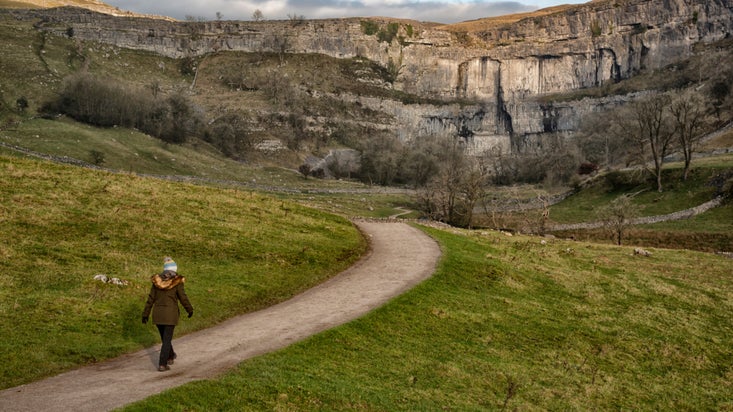
Walk this easy-to-follow, there-and-back scenic walk from Malham village to the waterfall at Janet's Foss.
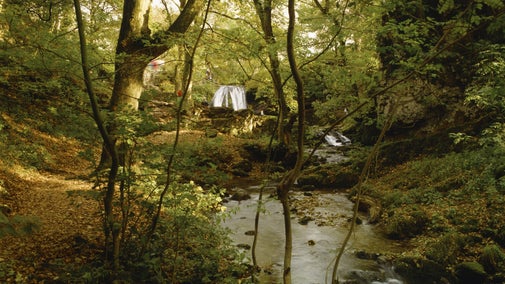
Discover England's highest lime-rich lake, home to a unique community of rare plants and animals.

A short linear walk along the scenic shores of Malham Tarn, a beautiful and internationally important wetland site.

Discover a 5-mile circular walk on the fellside at the National Trust's Buckden and Starbottom including a return along the River Wharfe path.
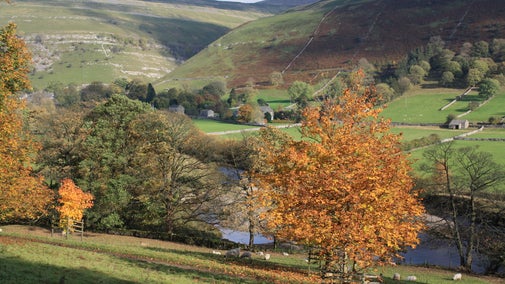
Explore the Yorkshire Dales and spot kingfishers and other water wildlife on this easy linear walk, which follows the River Wharfe through fields, farmland, and along historic dry-stone walls.
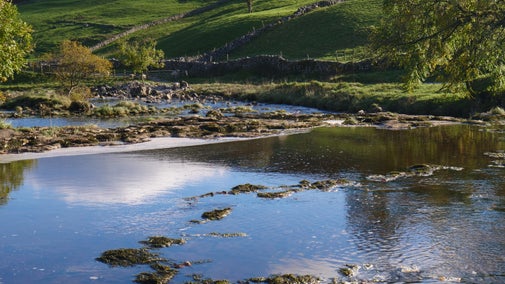
Enjoy picnics and playtime on this family-friendly circular trail, which runs along the River Swale in the Yorkshire Dales, with views of Richmond and historic woodland.

A scenic walk around the National Nature Reserve. This route goes along the boardwalk, through woodland and into limestone pasture. In spring and summer there is always a colourful display of wildflowers to see, including the striking yellow globeflower or bright pink and purple orchids. Look out for butterflies and dragonflies too.
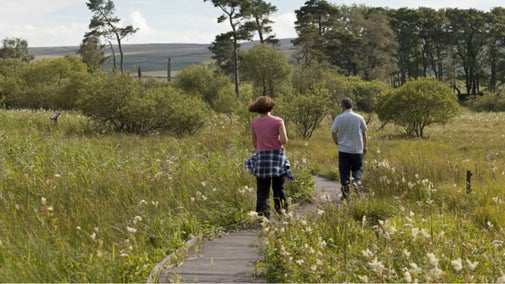
Discover the best walking, running and cycling routes around the Yorkshire Dales.

Explore the Langstrothdale valley in the Yorkshire Dales on this linear cycle trail, which takes in farmland, medieval churches, ancient stone circles, and a forest home to wild flowers and wildlife.

Discover the Wharfedale Valley on this moderate circular run through the farmland, villages, and wooded hillsides of the Yorkshire Dales' glacial valley.

Hop on your bike and explore Malham Moor on this family-friendly cycle trail. This circular route follows gravel tracks and country roads and takes in views of Malham Tarn.
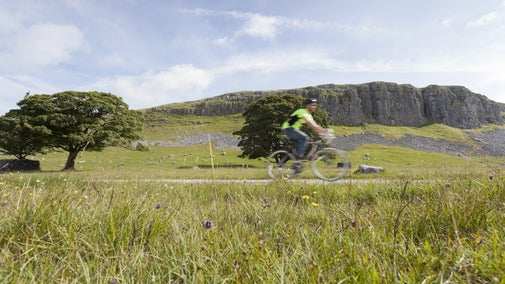

In a corner of the Yorkshire Dales this secluded, single-storey cottage is perfect for wildlife lovers.
Sorry, there are no upcoming events at this place
Rolling countryside with steep sided valleys, vast heather covered moorland hilltops and a patchwork of drystone walls and barns. It can be wild and windswept one day and quiet and calm the next. Whatever the weather this limestone scenery is a great place for stretching your legs on a walk, by bike or simply enjoying the large open spaces and far reaching views.
Our work in the Yorkshire Dales is as much about future generations as it is about caring for its magnificent landscapes today. We recognise the Dales as an important place for agriculture while balancing the need to restore more of the natural environment, and we increasingly consider the impacts of climate change on communities further afield. Discover more about our day-to-day work here, from creating new treescapes to managing sites of special scientific interest.
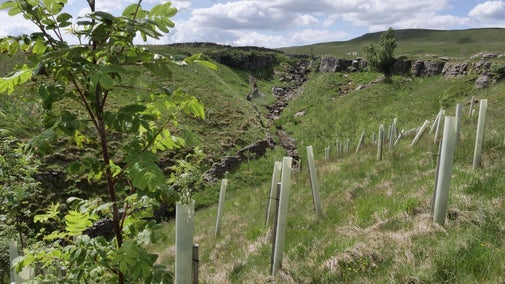
Keep up to date with what's happening on the Malham Tarn House project.
Search for live volunteering opportunities, or register your interest with Yorkshire Dales.


Join today and help protect nature, beauty and history – for everyone, for ever. Enjoy access to more than 500 places with National Trust membership.
By sharing your email address you’re agreeing to receive marketing emails from the National Trust and confirm you’re 18 years old or over. Please see our for more information on how we look after your personal data.